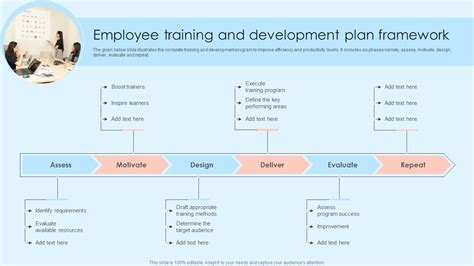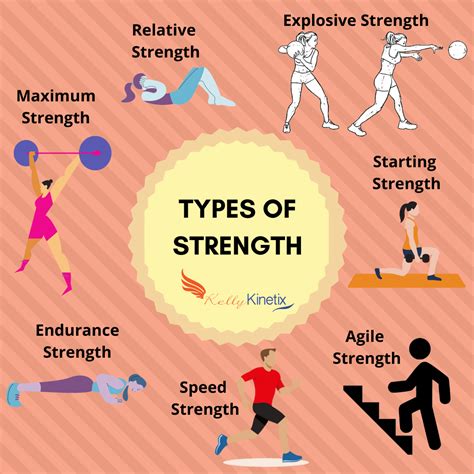To break strength plateaus, what specific training variables should men adjust for peak gains?

Understanding the Plateau: Why Progress Stalls
Every man committed to strength training eventually faces the dreaded plateau – a period where progress in lifts, be it bench press, squat, or deadlift, grinds to a halt. This stagnation can be incredibly frustrating, leading to decreased motivation and self-doubt. A strength plateau is a natural adaptive response; your body has become highly efficient at the demands you’re placing on it. To continue making gains, you must introduce a new stimulus, forcing your body to adapt further.
Breaking through these barriers isn’t about simply working harder; it’s about working smarter. It requires a deliberate, analytical approach to your training, understanding which specific variables to tweak and when.
The Core Principle: Re-evaluating Progressive Overload
At the heart of all strength and muscle gain lies the principle of progressive overload. This means consistently challenging your muscles to do more than they’re accustomed to. Many mistakenly believe this only means adding more weight to the bar. While crucial, it’s just one facet. To truly break plateaus, men need to understand the multifaceted nature of progressive overload:
- Increasing Weight: The most obvious, but not the only way.
- Increasing Reps: Performing more repetitions with the same weight.
- Increasing Sets: Adding more total work (sets) to an exercise or workout.
- Decreasing Rest Times: Completing the same work in less time, increasing workout density.
- Improving Form/Efficiency: Lifting the same weight more efficiently or through a greater range of motion.
- Increasing Frequency: Training a muscle group more often.
- Increasing Time Under Tension: Slowing down the eccentric or concentric phase of a lift.

Manipulating Training Variables for Breakthroughs
To overcome a strength plateau, you need to strategically adjust one or more of the following key training variables:
1. Volume (Sets, Reps, Total Workload)
Volume refers to the total amount of work performed, often calculated as sets x reps x weight. If your volume has been consistent for a long time, consider adjusting it:
- Increase Volume: Adding an extra set to your main lifts or incorporating more accessory work can provide a new stimulus, especially if you’re under-recovering from insufficient volume.
- Decrease Volume: Sometimes, a plateau is a sign of overtraining. Reducing your total sets and reps for a short period (e.g., a deload week) can allow your body to recover and supercompensate, leading to new gains upon returning to higher volume.
- Change Rep Ranges: If you’ve been sticking to 5×5, try a block of 3×8-12 for hypertrophy, then return to heavier, lower-rep strength work. The increased muscle mass from hypertrophy work can support greater strength later.
2. Intensity (Load and RPE)
Intensity, in strength training, primarily refers to the weight lifted relative to your one-rep max (1RM) or the Rate of Perceived Exertion (RPE).
- Increase Load: This is the most direct path to strength gains. If you’re stuck at a certain weight for your working sets, consider microloading (adding very small increments like 1.25 lbs) or employing wave loading schemes where you cycle between heavier and lighter days.
- Adjust RPE: Instead of fixed percentages, train based on RPE (e.g., leave 1-2 reps in the tank). This allows for daily fluctuations in strength and can prevent overreaching on bad days or under-training on good days. Pushing to a higher RPE (e.g., RPE 9-10) for certain sets can also be beneficial periodically.

3. Frequency (How Often You Train)
Frequency refers to how often you train a specific muscle group or lift. If you’re only training a major lift once a week, your body might not be getting enough practice or stimulus to adapt quickly.
- Increase Frequency: Training a lift or muscle group 2-3 times a week can significantly improve strength, especially for compound movements. This provides more opportunities for technical practice and protein synthesis. Ensure adequate recovery between sessions.
- Decrease Frequency (Temporarily): If you suspect overtraining, a temporary reduction in frequency for a stubborn lift might be beneficial, allowing for more complete recovery before re-engaging.
4. Exercise Selection and Variation
Sticking to the exact same exercises for too long can lead to muscular imbalances or neural adaptation plateaus.
- Introduce Variations: Swap out your traditional back squat for a front squat, pause squat, or safety bar squat. Instead of conventional deadlifts, try sumo deadlifts, deficit deadlifts, or RDLs. These variations stress muscles differently and can improve weak points that hinder your main lifts.
- Incorporate Accessory Work: Identify your weak links. If your lockout is failing on bench, add close-grip bench press or triceps extensions. If your deadlift struggles off the floor, incorporate rack pulls or block pulls.

5. Rest Periods and Tempo
These often-overlooked variables can significantly impact your training stimulus.
- Adjust Rest Periods: Longer rest periods (3-5 minutes) are typically better for maximal strength, allowing for fuller ATP recovery. Shorter rest periods (60-90 seconds) increase metabolic stress and work capacity, which can contribute to hypertrophy that supports strength. Experiment with both.
- Change Tempo: Performing lifts with a controlled, slower eccentric (lowering) phase (e.g., 3-5 seconds) increases time under tension and can build muscle, while an explosive concentric (lifting) phase can improve power.
The Crucial Role of Recovery and Periodization
No amount of training variable manipulation will work if your recovery is lacking. Adequate sleep (7-9 hours), proper nutrition (sufficient protein, carbs, and fats), and stress management are non-negotiable for strength gains. Incorporating regular deload weeks (reducing volume/intensity for a week) every 4-8 weeks is essential to prevent overtraining and allow your body to repair and adapt.
Consider implementing a basic periodization scheme, cycling through phases of higher volume/lower intensity (hypertrophy) and lower volume/higher intensity (strength) training. This systematic approach ensures continuous new stimuli and prevents long-term plateaus.

Implementing Changes Strategically
When you hit a plateau, don’t try to change every variable at once. Pick one or two specific variables to manipulate for a training block (e.g., 4-6 weeks) and meticulously track your progress. If increasing frequency works for your squat, stick with that change for a while. If it doesn’t, try adjusting volume or introducing variations. Consistent tracking allows you to identify what works best for your body.
Conclusion
Breaking strength plateaus isn’t about magic; it’s about intelligent application of training principles. By strategically adjusting variables like volume, intensity, frequency, exercise selection, rest periods, and tempo, and by prioritizing recovery, men can continually challenge their bodies and unlock new levels of strength and muscle development. Be patient, be consistent, and be analytical in your approach, and you’ll find yourself not just breaking through plateaus, but soaring past them.










